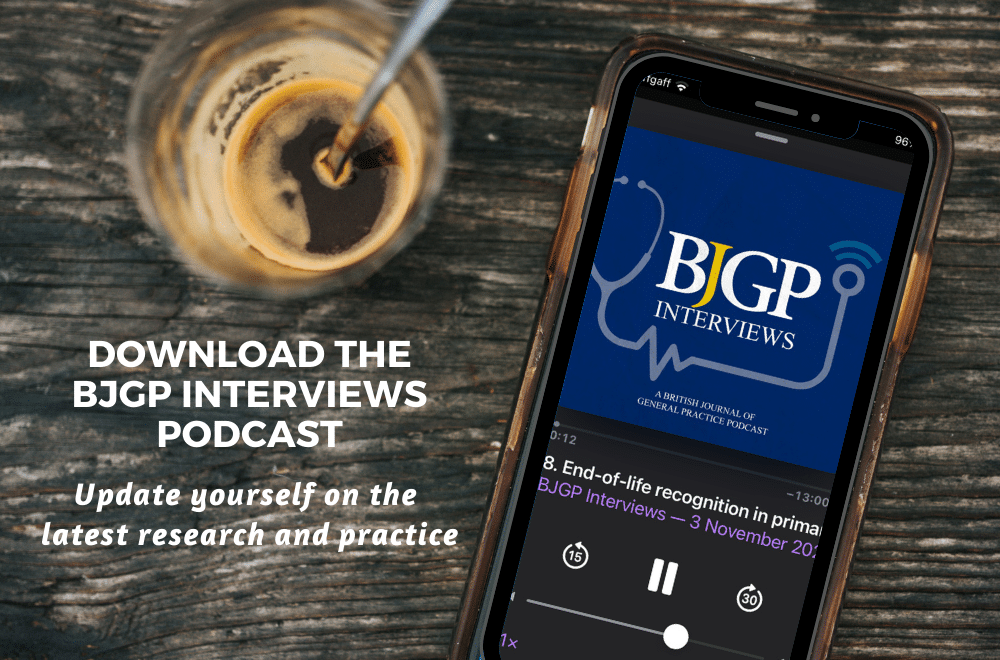 Ahmed Rashid is an academic clinical fellow in general practice at the University of Cambridge. He writes the regular monthly column “Yonder” in the BJGP: a diverse selection of primary care relevant research stories from beyond the mainstream biomedical literature. Twitter: @Dr_A_Rashid
Ahmed Rashid is an academic clinical fellow in general practice at the University of Cambridge. He writes the regular monthly column “Yonder” in the BJGP: a diverse selection of primary care relevant research stories from beyond the mainstream biomedical literature. Twitter: @Dr_A_Rashid
You can download the PDF here at BJGP.org.
Paracetamol
A recent study from South Africa, published in Patient Education & Counselling, is titled ‘But it’s just paracetamol’ — a phrase and sentiment that most GPs will be more than familiar with. The study sought to determine whether caregivers could make informed decisions about administering over-the-counter analgesia to children.1 In particular, they sought to explore whether the information provided by paracetamol labels, inserts, and patient information leaflets was adequate. The researchers spoke to caregivers from a church mothers’ group and a sample of local pharmacists in Cape Town. Their results indicate that most caregivers found it difficult to understand the scientific information in all three mechanisms of information provision. Although patient information leaflets were deemed easiest to understand, few caregivers received these with their purchase. The authors suggest that using simpler language in text and more verbal counselling could help improve safety and literacy.
Ethnic health inequalities
Ethnic minority populations living in economically developed countries are at particularly high risk of developing obesity, diabetes, and cardiovascular disease. Improving access to health promotion interventions therefore has the potential to reduce the burden of long-term conditions and reduce ethnic health inequalities. A team of researchers from Edinburgh recently sought to explore the perspectives of health researchers and promoters working with ethnic minority populations in the areas of smoking cessation, increased physical activity, and healthy eating, to better understand the process of adapting interventions. Their interview study was published in Health Promotion International.2 Among a number of thought-provoking findings, the study highlights the important context of demographic variables such as age and sex, and how these can significantly alter the way people interpret and participate in health promotion interventions. The authors suggest that the contextual experiences surrounding ethnicity considerations shape the receptivity, durability, and continuity of these adapted interventions.
Cerebral palsy
Infantile cerebral palsy (ICP) is the commonest cause of physical disability in childhood. The birth of a child with this condition can have huge implications for a family and cause complex and changing emotions in the parents. In a recent Spanish study published in Disability & Health Journal, researchers sought to understand the experience of adjustment to a child with disability.3 A total of 24 parents of 18 children with ICP were interviewed. The most traumatic experience for these parents was the loss of the ideal child they had expected. Many spoke about how they constantly compare how life would have been if their child had not been born with ICP. The authors suggest that, whenever possible, individual sessions that encourage emotional support and normalise all loss-related feelings should be provided to parents.
Pornography
The internet has transformed pornography use and has facilitated a dramatic increase in its popularity, such that it is now a multi-billion-pound global industry. Although a vast body of evidence has established the negative effect that viewing pornography can have on beliefs and attitudes, there has been comparatively less research about whether it also influences behaviours. A US-based team of psychology researchers recently sought to explore the association between viewing pornography and engaging in potentially risky sexual behaviours (or, as they call it in the article, ‘hooking up’).4 They recruited nearly 1000 college students and used online surveys to gather data. Their results indicate that more frequent viewing of pornography is associated with a higher incidence of hooking up and a higher number of unique hook-up partners. They discuss their findings in the context of the associated literature that connects hook-ups with alcohol consumption and lack of condom use. The paper concludes that it may be worthwhile to seek out pornography consumers in order to educate them. That should be easy enough!
References
1. Bennin F, Rother A (2015) ‘But it’s just paracetamol’: caregivers’ ability to administer over-the-counter painkillers to children with the information provided. Patient Educ Couns 98(3):331–337.
2. Liu J, Davidson E, Bhopal R, et al. (2015) Adapting health promotion interventions for ethnic minority groups: a qualitative study. Health Promot Int pii:dau105, [Epub ahead of print].
3. Fernandez-Alcantra, García-Caro MP, Laynez-Rubio C, et al. (2015) Feelings of loss in parents of children with infantile cerebral palsy. Disabil Health J 8(1):93–101.
4. Braithwaite SR, Coulson G, Keddington K, Fincham FD (2015) The influence of pornography on sexual scripts and hooking up among emerging adults in college. Arch Sex Behav 44(1):111–123.





